Retro Replay Review
Gameplay
Shadowfire’s gameplay revolves around high-stakes, real-time strategy tactics with a hard one-hour and forty-minute clock ticking down. You control the “enigma team,” a ragtag squad of six specialists, each with unique strengths and glaring vulnerabilities. Managing time is critical: every second wasted moving from one corridor to the next or fumbling through menu screens can mean failure to rescue Ambassador Kryxix before the Emperor’s inquisitors close in.
(HEY YOU!! We hope you enjoy! We try not to run ads. So basically, this is a very expensive hobby running this site. Please consider joining us for updates, forums, and more. Network w/ us to make some cash or friends while retro gaming, and you can win some free retro games for posting. Okay, carry on 👍)
The control scheme is entirely icon-based, splitting the screen into two halves. The top half—the mission command screen—keeps you constantly aware of who’s active, their precise location, and the status of the other five teammates (moving, fighting, injured, or performing an action like lockpicking). The lower half dynamically changes to present context-sensitive actions: from opening a door to engaging in a firefight. This clear division ensures that information overload never becomes insurmountable, even during the most chaotic firefights.
Each character’s sub-screens add layers of strategy. The character status screen displays speed, strength, stamina, and carried weight, forcing you to juggle mobility and firepower. The object screen lets you micromanage your inventory—picking up micro-discs, equipping weapons, or using critical items. Movement screens map out every possible step, and battle screens introduce a tactical grid where you can scan for enemies, select attack or defend commands, or even retreat if the odds turn too great.
Balancing your team’s disparate skill sets is the core challenge. Syylk’s insectoid strength lets him smash through barriers, while Servina Maris deftly picks locks that open secret routes. Torik’s expertise with explosives can clear blocked hallways or flush out hidden foes, but you must protect him from direct fire. Maul, the lumbering combat droid, soaks up damage, whereas Manto’s sole purpose—operating the transporter—locks down mission success. Zark Montor holds the group together with his unarmed-combat prowess and translation skills. It’s a delicate dance of swapping characters in and out at just the right moment.
Graphics
Shadowfire’s visual style leans into moody sci-fi aesthetics, with dimly lit corridors, flickering control panels, and the stark silhouette of General Zoff’s starship galleon looming overhead. While it doesn’t rival modern 3D engines, its detailed sprites and parallax backgrounds evoke a tense, claustrophobic atmosphere that suits the desperate rescue mission perfectly.
The UI design is clean and functional. Icons are immediately recognizable—health packs glow green, plasma rifles flash red, and the transporter interface shimmers with blue circuitry. Character avatars on the mission command screen are expressive enough to convey “healthy,” “wounded,” or “dying,” allowing for quick reads under pressure. Animations are crisp when you move or attack, with each mercenary’s personality shining through, from Maul’s heavy stomps to Syylk’s agile leaps.
Combat encounters unfold on a tiled map, where blast radii and sightlines matter. Explosions light up the screen, lasers streak across hallways, and enemies burst into pixelated debris. Though the palette is somewhat muted—heavy on grays and deep blues—the occasional neon glow from alien tech and emergency lights adds visual contrast that keeps the eye engaged.
Subtle details—like the micro-disc slot embedded in Ambassador Kryxix’s spine or the faint hum of the transporter’s energy coils—are represented by delicate sprite work and atmospheric sound cues. These touches might seem small, but they enrich the world, making every corridor feel like part of a larger, lived-in universe under siege.
Story
The narrative driving Shadowfire is straightforward but compelling: General Zoff has kidnapped Ambassador Kryxix, embedding a micro-disc containing next-generation starship blueprints in his spine. Should Zoff’s inquisitors discover those plans, the entire empire could collapse into civil war. In a last-ditch effort, the Emperor dispatches the “enigma team”—six mercenaries whose recklessness matches their bravery—to infiltrate Zoff’s fortress and turn the tide.
What sets the story apart is the ticking clock and the individual motivations behind each team member. Zark Montor, your de facto leader, sees this mission as redemption for his past failures. Servina Maris dreams of retiring rich from heists made possible by free-flowing imperial credits. Torik’s explosive expertise hides a deeper vendetta against Zoff for destroying his homeworld. These personal stakes weave through your mission, adding emotional weight to every corridor cleared and every enemy subdued.
The cutscenes are sparse but impactful, delivered via text panels with accompanying art. A brief flash of Kryxix bound by energy restraints or a shadowy silhouette of Zoff surveying your progress heightens the suspense. Though there’s no branching narrative, the straightforward rescue-and-capture plot benefits from tight pacing and escalating tension as you race the clock toward the final confrontation.
By the time you strap Manto into the transporter for a desperate second relocation or watch Syylk break down a reinforced bulkhead with raw brute force, you’re not just moving pixels—you’re living out a high-stakes sci-fi heist with galaxy-shattering consequences.
Overall Experience
Shadowfire delivers a potent mix of strategic depth, time-pressure adrenaline, and narrative thrust. The combination of six uniquely skilled mercenaries and the looming time limit creates a constant sense of urgency. You may find yourself reloading missions repeatedly as you optimize each character’s path, but each retry feels like an opportunity to discover a more efficient tactic or uncover a hidden shortcut.
Though the graphics and sound design reflect the game’s vintage origins, they remain effective in immersing you in the dark corridors of Zoff’s ship. The icon-based interface never feels clunky, and the detailed sprites and atmospheric audio cues work together to sustain suspense. The UI clarity is especially commendable, ensuring that even under duress you know which mercenary is wounded, which locked door awaits, and how many seconds remain.
The narrative may not boast intricate plot twists, but its high-stakes premise and character-driven motivations keep you invested. Every moment—from cracking servos on the object screen to planting explosives—serves the overarching goal of saving the Empire from a coup d’état.
For fans of real-time strategy with stealth elements, cooperative character micromanagement, and a relentless deadline, Shadowfire remains a thrilling experience. Its challenges are balanced by its clear interface, and its story, while straightforward, packs enough intrigue to drive you through its one-hour-and-forty-minute gauntlet. This is a title that rewards patience, planning, and quick reflexes—qualities every budding mercenary will need to master if they hope to succeed.
 Retro Replay Retro Replay gaming reviews, news, emulation, geek stuff and more!
Retro Replay Retro Replay gaming reviews, news, emulation, geek stuff and more!
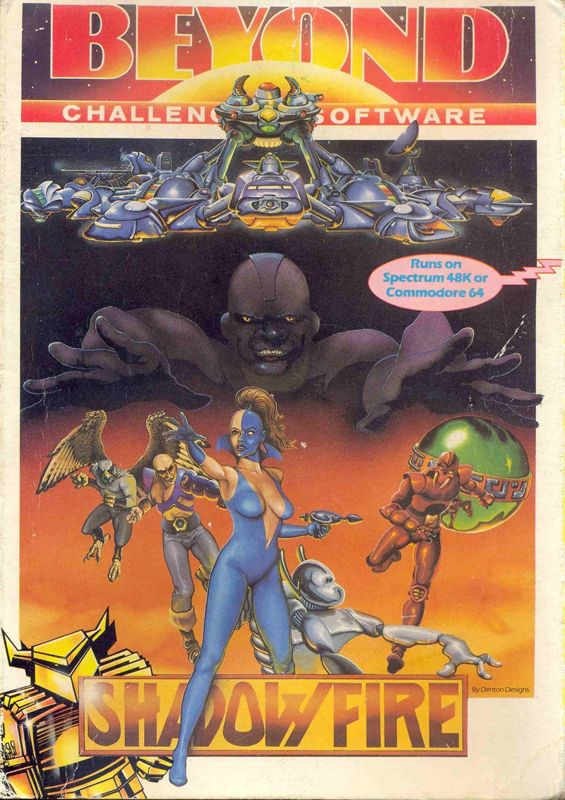
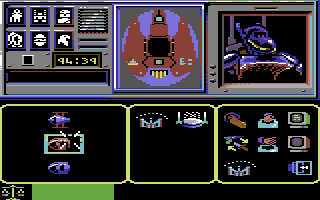
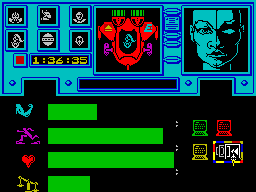
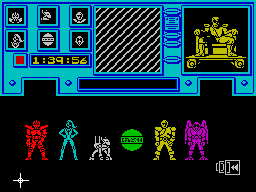
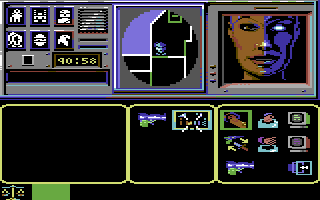
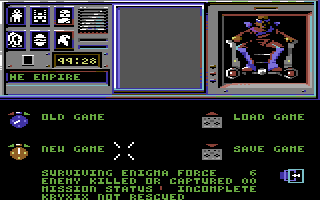
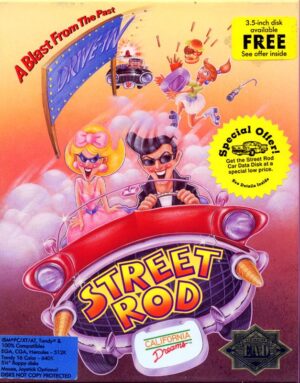


Reviews
There are no reviews yet.